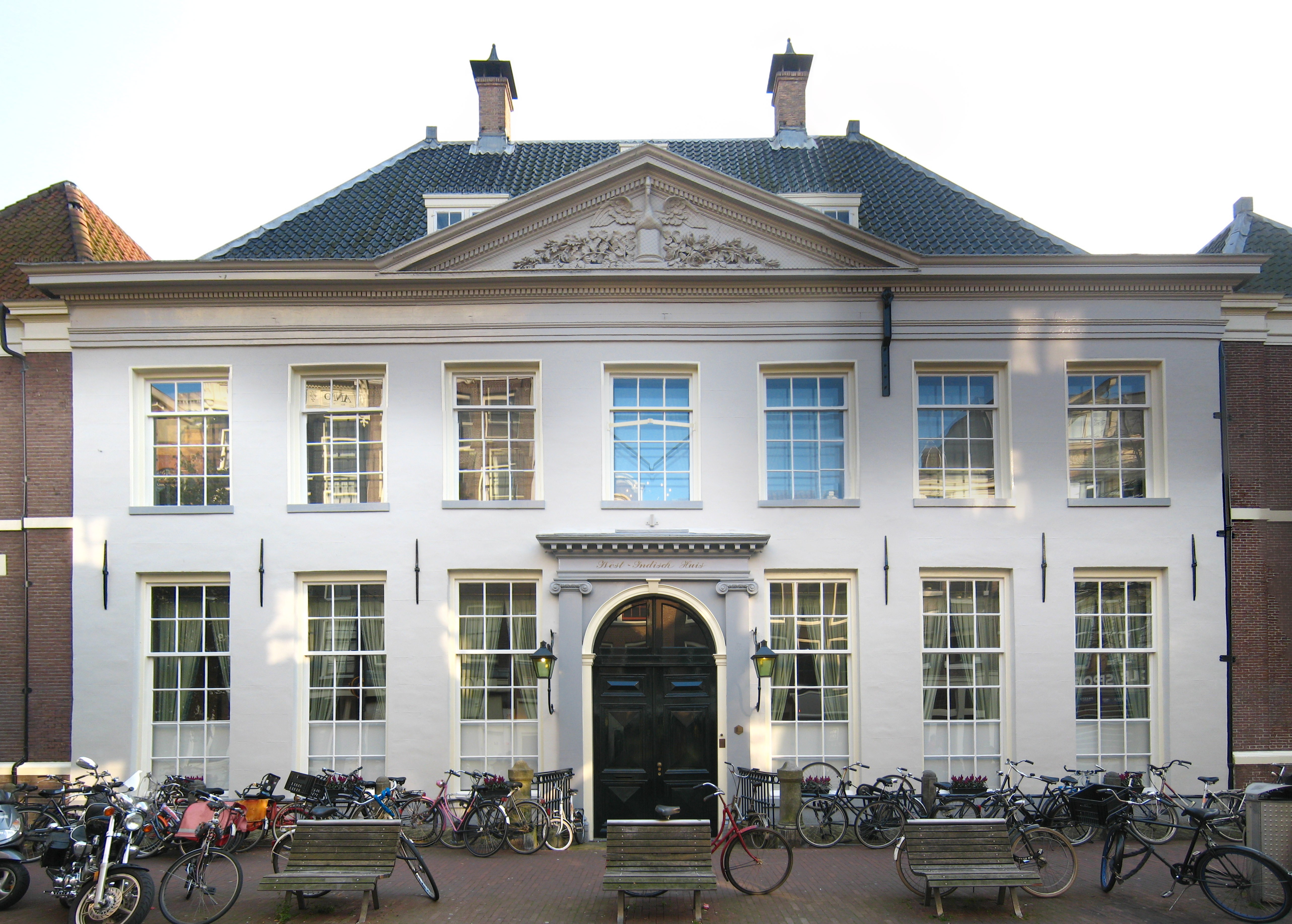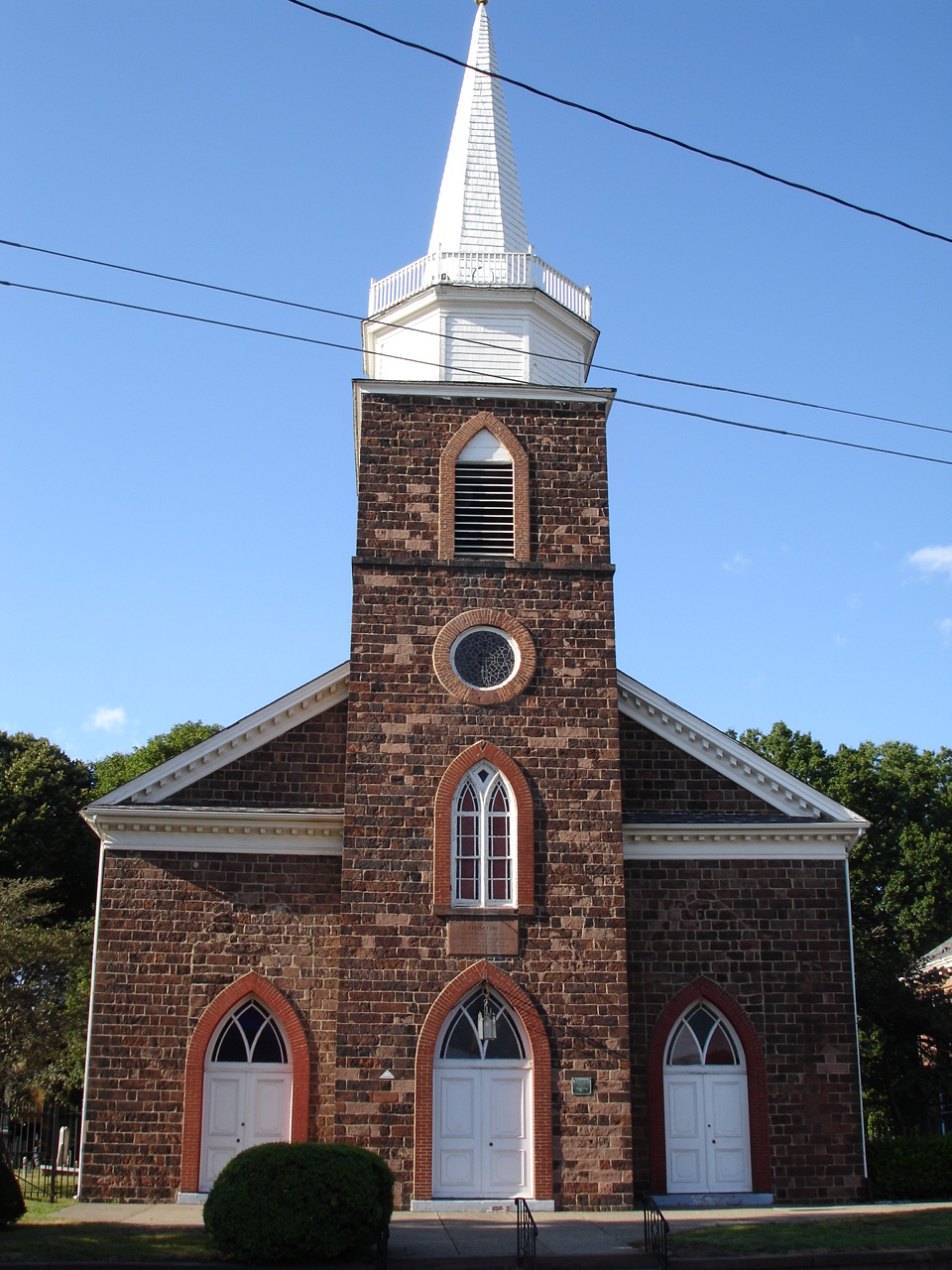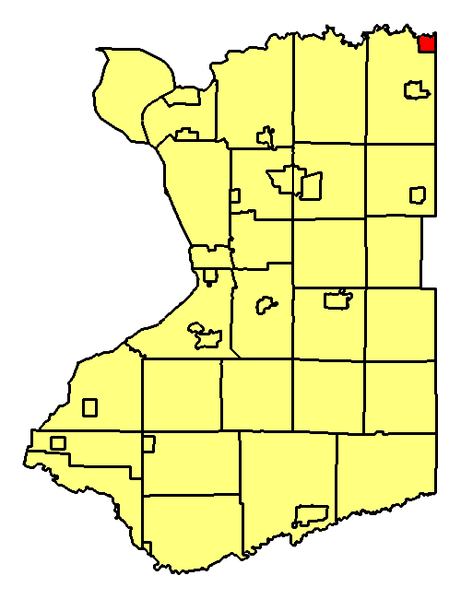|
Aboriginal Title In New York
Aboriginal title in New York refers to treaties, purchases, laws and litigation associated with land titles of aboriginal peoples of New York, in particular, to dispossession of those lands by actions of European Americans. The European purchase of lands from indigenous populations dates back to the legendary Dutch purchase of Manhattan in 1626, "the most famous land transaction of all."Banner, 2005, at 75. More than any other state, New York disregarded the Confederation Congress Proclamation of 1783 and the follow-on Nonintercourse Acts, purchasing the majority of the state directly from the Iroquois nations without federal involvement or ratification. New York is the source of several landmark decisions concerning aboriginal title including '' Oneida I'' (1974), "first of the modern-day ative American landclaim cases to be filed in federal court," and '' Oneida II'' (1985), "the first native land claim case won on the basis of the Nonintercourse Act." New York was the site ... [...More Info...] [...Related Items...] OR: [Wikipedia] [Google] [Baidu] |
Iroquois 6 Nations Map C1720
The Iroquois ( ), also known as the Five Nations, and later as the Six Nations from 1722 onwards; alternatively referred to by the Endonym and exonym, endonym Haudenosaunee ( ; ) are an Iroquoian languages, Iroquoian-speaking Confederation#Indigenous confederations in North America, confederacy of Native Americans in the United States, Native Americans and First Nations in Canada, First Nations peoples in northeast North America. They were known by the French during the Colonial history of the United States, colonial years as the Iroquois League, and later as the Iroquois Confederacy, while the English simply called them the "Five Nations". Their country has been called wikt:Iroquoia, Iroquoia and Haudenosauneega in English, and '':fr:Iroquoisie, Iroquoisie'' in French. The peoples of the Iroquois included (from east to west) the Mohawk people, Mohawk, Oneida people, Oneida, Onondaga people, Onondaga, Cayuga people, Cayuga, and Seneca people, Seneca. After 1722, the Iroquoian-sp ... [...More Info...] [...Related Items...] OR: [Wikipedia] [Google] [Baidu] |
Indian Reservation
An American Indian reservation is an area of land land tenure, held and governed by a List of federally recognized tribes in the contiguous United States#Description, U.S. federal government-recognized Native American tribal nation, whose government is Tribal sovereignty in the United States, autonomous, subject to regulations passed by the United States Congress and administered by the United States Bureau of Indian Affairs, and not to the state governments of the United States, U.S. state government in which it is located. Some of the country's 574 List of Native American Tribal Entities, federally recognized tribes govern more than one of the 326 List of Indian reservations in the United States, Indian reservations in the United States, while some share reservations, and others have no reservation at all. Historical piecemeal land allocations under the Dawes Act facilitated sales to non–Native Americans, resulting in some reservations becoming severely fragmented, with pie ... [...More Info...] [...Related Items...] OR: [Wikipedia] [Google] [Baidu] |
Dutch West India Company
The Dutch West India Company () was a Dutch chartered company that was founded in 1621 and went defunct in 1792. Among its founders were Reynier Pauw, Willem Usselincx (1567–1647), and Jessé de Forest (1576–1624). On 3 June 1621, it was granted a :wikisource:Charter of the Dutch West India Company, charter for a trade monopoly in the Dutch West Indies by the Republic of the Seven United Netherlands and given jurisdiction over Dutch participation in the Atlantic slave trade, Brazil, the Caribbean, and North America. The area where the company could operate consisted of West Africa (between the Tropic of Cancer and the Cape of Good Hope) and the Americas, which included the Pacific Ocean and ended east of the Maluku Islands, according to the Treaty of Tordesillas. The intended purpose of the charter was to eliminate competition, particularly Spanish or Portuguese, between the various trading posts established by the merchants. The company became instrumental in the largely eph ... [...More Info...] [...Related Items...] OR: [Wikipedia] [Google] [Baidu] |
Peter Schagen
Peter may refer to: People * List of people named Peter, a list of people and fictional characters with the given name * Peter (given name) ** Saint Peter (died 60s), apostle of Jesus, leader of the early Christian Church * Peter (surname), a surname (including a list of people with the name) Culture * Peter (actor) (born 1952), stage name Shinnosuke Ikehata, a Japanese dancer and actor * ''Peter'' (1934 film), a film directed by Henry Koster * ''Peter'' (2021 film), a Marathi language film * "Peter" (''Fringe'' episode), an episode of the television series ''Fringe'' * ''Peter'' (novel), a 1908 book by Francis Hopkinson Smith * "Peter" (short story), an 1892 short story by Willa Cather * ''Peter'' (album), a 1972 album by Peter Yarrow * ''Peter'', a 1993 EP by Canadian band Eric's Trip * "Peter", 2024 song by Taylor Swift from '' The Tortured Poets Department: The Anthology'' Animals * Peter (Lord's cat), cat at Lord's Cricket Ground in London * Peter (chief mouser), Chi ... [...More Info...] [...Related Items...] OR: [Wikipedia] [Google] [Baidu] |
New Netherland Settlements
New Netherland (''Nieuw-Nederland'' in Dutch) was the 17th century colonial province of the Republic of the Seven United Netherlands on the northeastern coast of North America. The claimed territory was the land from the Delmarva Peninsula to southern Cape Cod. The settled areas are now part of the Mid-Atlantic states of New York, New Jersey, and Delaware, with small outposts in Connecticut and Pennsylvania. Its capital of New Amsterdam was located at the southern tip of the island of Manhattan on the Upper New York Bay. The region was initially explored in 1609 by Henry Hudson on an expedition for the Dutch East India Company. It was later surveyed and charted, and was given its name in 1614. The Dutch named the three main rivers of the province the ''Zuyd Rivier'' (''South River'', now the Delaware River), the ''Noort Rivier'' (''North River'', now the Hudson River), and the ''Versche Rivier'' (''Fresh River'', now the Connecticut River). They intended to use them to gain a ... [...More Info...] [...Related Items...] OR: [Wikipedia] [Google] [Baidu] |
Charter Of Freedoms And Exemptions (Dutch West India Company) 1630
The Charter of Freedoms and Exemptions,Van Rensselaer Bowier Manuscripts pp. 137 sometimes referred to as the Charter of Privileges and Exemptions,New Netherland Chamber of Commerce in America pp. 26 is a document written by the in an effort to settle its of |
Tuscarora Reservation
The Tuscarora Reservation (Nyučirhéʼę in Tuscarora) is an Indian reservation of the Tuscarora Nation (Skaru:reʔ Kayeda:kreh in Tuscarora) is an Indian reservation in Niagara County, New York. The reservation population was 1,152 at the 2010 census. The Tuscarora Nation, previously named the Tuscarora Nation of New York, is a federally recognized tribe of Tuscarora people. The tribe's headquarters is located in Lewiston, New York, and their elected chief is Tom Jonathan. The Tuscarora is the Sixth Nation in the Haudenosaunee Confederacy. Their Tuscarora language is an Iroquoian language. History Precontact to 18th century The Tuscarora tribe had migrated in ancient times from the New York area to the South, where they were based in the Carolinas. After an extended conflict with European settlers and other Native Americans at the beginning of the 18th century and defeat in the Tuscarora War, most of the tribe migrated North, beginning in 1722. 19th century They first ... [...More Info...] [...Related Items...] OR: [Wikipedia] [Google] [Baidu] |
Tonawanda Reservation
The Tonawanda Indian Reservation () is an Indian reservation of the Tonawanda Seneca Nation located in western New York, United States. The band is a federally recognized tribe and, in the 2010 census, had 693 people living on the reservation. The reservation lies mostly in Genesee County, extending into Erie and Niagara counties. It is bordered by the Towns of Alabama, Pembroke, Newstead, and Royalton. The Tonawanda Reservation is also known as the Tonawanda Creek Reservation. Currently, it has more than a half dozen businesses located on Bloomingdale Road within the reservation. Several sell untaxed, low-price cigarettes and gasoline. Other businesses sell Seneca craft goods, groceries, and prepared food. History After various cultures of indigenous peoples succeeded each other in the Great Lakes area, in late prehistoric times, the five nations of the Iroquois coalesced. Before the mid-14th century, they had formed the Iroquois Confederacy. The Seneca were one of the ... [...More Info...] [...Related Items...] OR: [Wikipedia] [Google] [Baidu] |
Shinnecock Reservation
Shinnecock Reservation is a Native American reservation for members of the Shinnecock Indian Nation in the town of Southampton in Suffolk County, New York, United States. It is the most easterly of the two Native American reservations in Suffolk County; the other being Poospatuck Reservation in the town of Brookhaven. It lies on the east side of Shinnecock Bay on southeastern Long Island, near Tuckahoe, Shinnecock Hills, and the village of Southampton. The population was 819 as of the 2020 census. Roughly that many tribal members additionally live off the reservation. Geography According to the United States Census Bureau, the Indian reservation has a total area of 1.3073 mi2 (3.3859 km2), all land. Demographics At the 2010 census there were 662 people and 256 households in the Indian reservation. The population density was 506.4/mi2 (195.5/km2). There were 204 housing units at an average density of 156.0/mi2 (60.2/km2). The racial makeup of the Indian reservatio ... [...More Info...] [...Related Items...] OR: [Wikipedia] [Google] [Baidu] |
Poospatuck Reservation
The Poospatuck Reservation is a Native American reservation of the Unkechaugi band in the community of Mastic, Suffolk County, New York, United States. It is one of two Native American reservations in Suffolk County, the other being the Shinnecock Reservation. The population was 436 at the 2020 census. The Unkechaugi are descendants of the Quiripi-speaking Native Americans, who occupied much of southern New England and central Long Island at the time of European encounter in the colonial era. Historically they spoke an Algonquian language. They have retained a community; the reservation is the smallest in New York State. The current 55 acre reservation was originally set aside for the Unkechaugs as a 175-acre plot by William "Tangier" Smith after he purchased large tracts of land from Unkechaug John Mayhew in 1691. It is located in Mastic on the north side of Poospatuck Creek, on the east side of Poospatuck Lane, and south of Eleanor Avenue. Poospatuck is situated in the s ... [...More Info...] [...Related Items...] OR: [Wikipedia] [Google] [Baidu] |
Onondaga Reservation
Onondaga Reservation is a Native American reservation in Onondaga County, New York, United States. It is the territory of the Onondaga Nation. It lies just south of the city of Syracuse. The population was 2,244 at the 2010 census. The Onondaga Reservation is a politically independent entity, as the nation is federally recognized by the United States government. The Onondaga Nation has reached some accommodations with New York State on jurisdictional issues. Geography According to the United States Census Bureau, the Indian reservation has a total area of 9.3 mi2 (24.1 km2). 9.2 mi2 (24.0 km2) of it is land and of it (0.54%) is water. New York State Route 11A is a north-south highway in the reservation. The reservation is bordered by the Town of Onondaga and the Town of LaFayette. Demographics At the 2000 census there were 1,473 people, 304 households, and 292 families residing in the Indian reservation. The population density was 159.2/mi2 (61.5/km2). ... [...More Info...] [...Related Items...] OR: [Wikipedia] [Google] [Baidu] |
Oneida Nation
The Oneida Nation is a federally recognized tribe of Oneida people in Wisconsin. The tribe's reservation spans parts of two counties west of the Green Bay metropolitan area. The reservation was established by treaty in 1838, and was allotted to individual New York Oneida tribal members as part of an agreement with the U.S. government. The land was individually owned until the tribe was formed under the Indian Reorganization Act of 1934. Under the Dawes Act, the land was allotted in 1892 to individual households. The nation kept control of most of the land until sales were allowed in the early 20th century, when members were often tricked out of their property. They used the land for farming and harvesting timber. As of 2010, the nation controlled about 35 percent of the land within its reservation and is working to reacquire the rest. In 1988 the nation established the state's first modern lottery, known as Big Green. Since the late 20th century, the nation developed the gaming ... [...More Info...] [...Related Items...] OR: [Wikipedia] [Google] [Baidu] |







